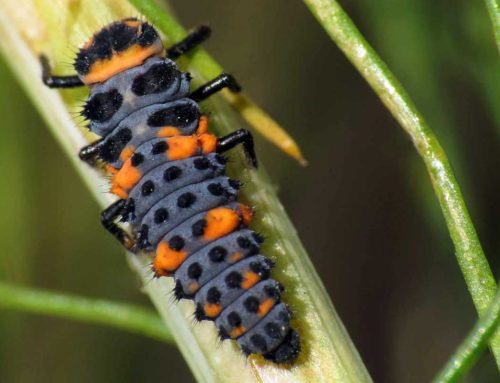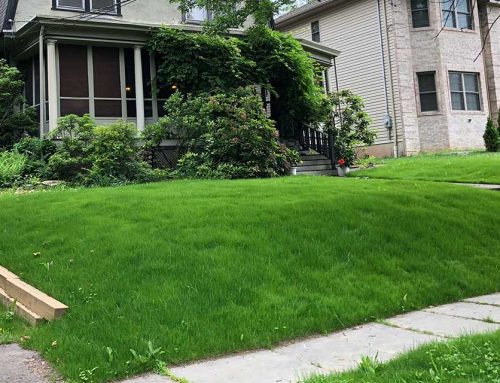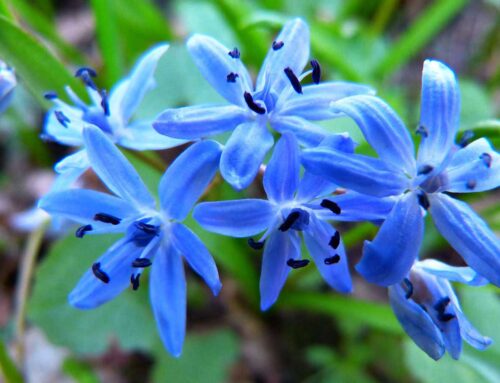What is Thatch?
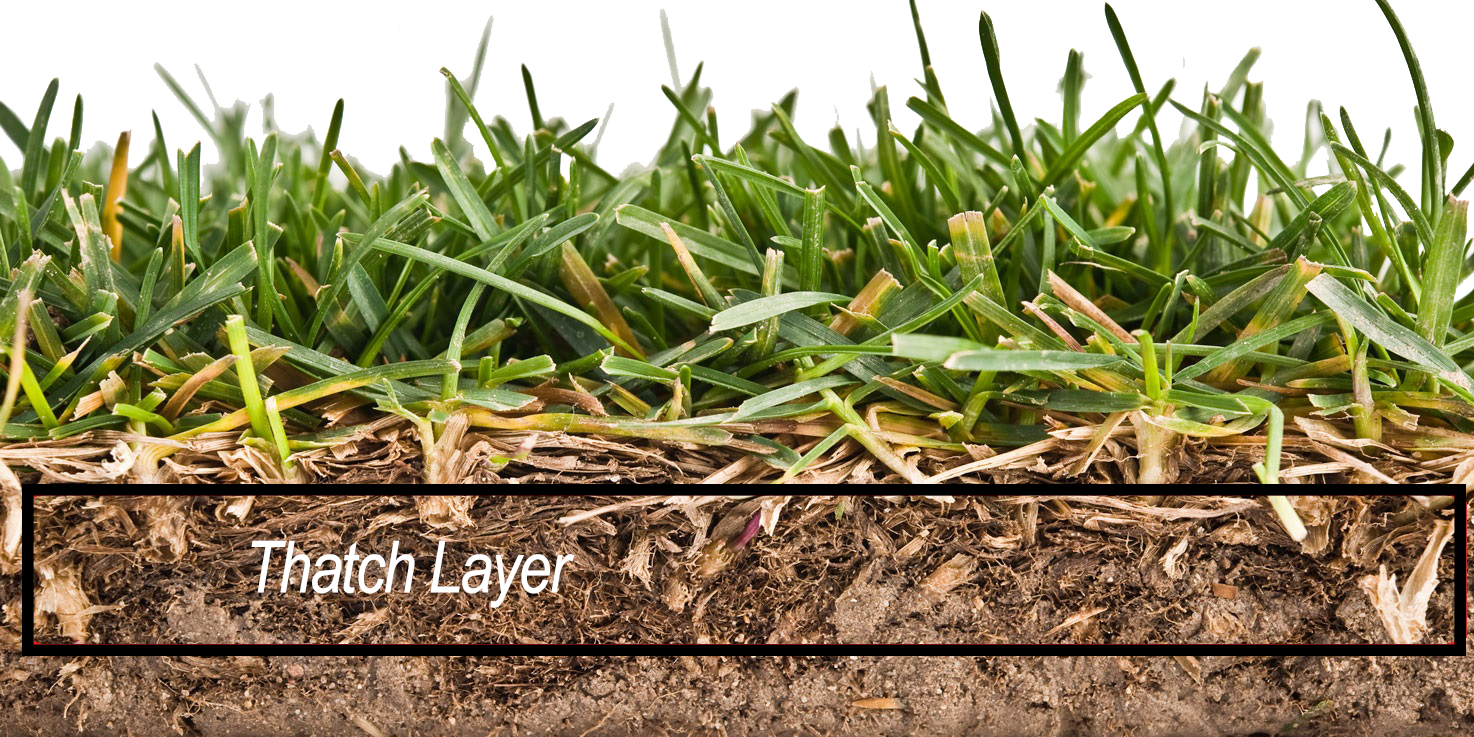
This turf has a thick thatch layer which is very desiccated, lacking nutrients, water and microbial growth.
Lincoln Landscaping – Organic Lawn Management and Care
Tom Jones said it best when he sang:
“It’s good to touch the green, green grass of home
Yes, they’ll all come to meet me, arms reaching, smiling sweetly
It’s good to touch the green, green grass of home”
And you can have that green, green grass of home, but only if you think about the soil before you think about the grass. Without a good foundation, in this case the soil or growing medium, you’re going nowhere but towards the brown side of the spectrum.
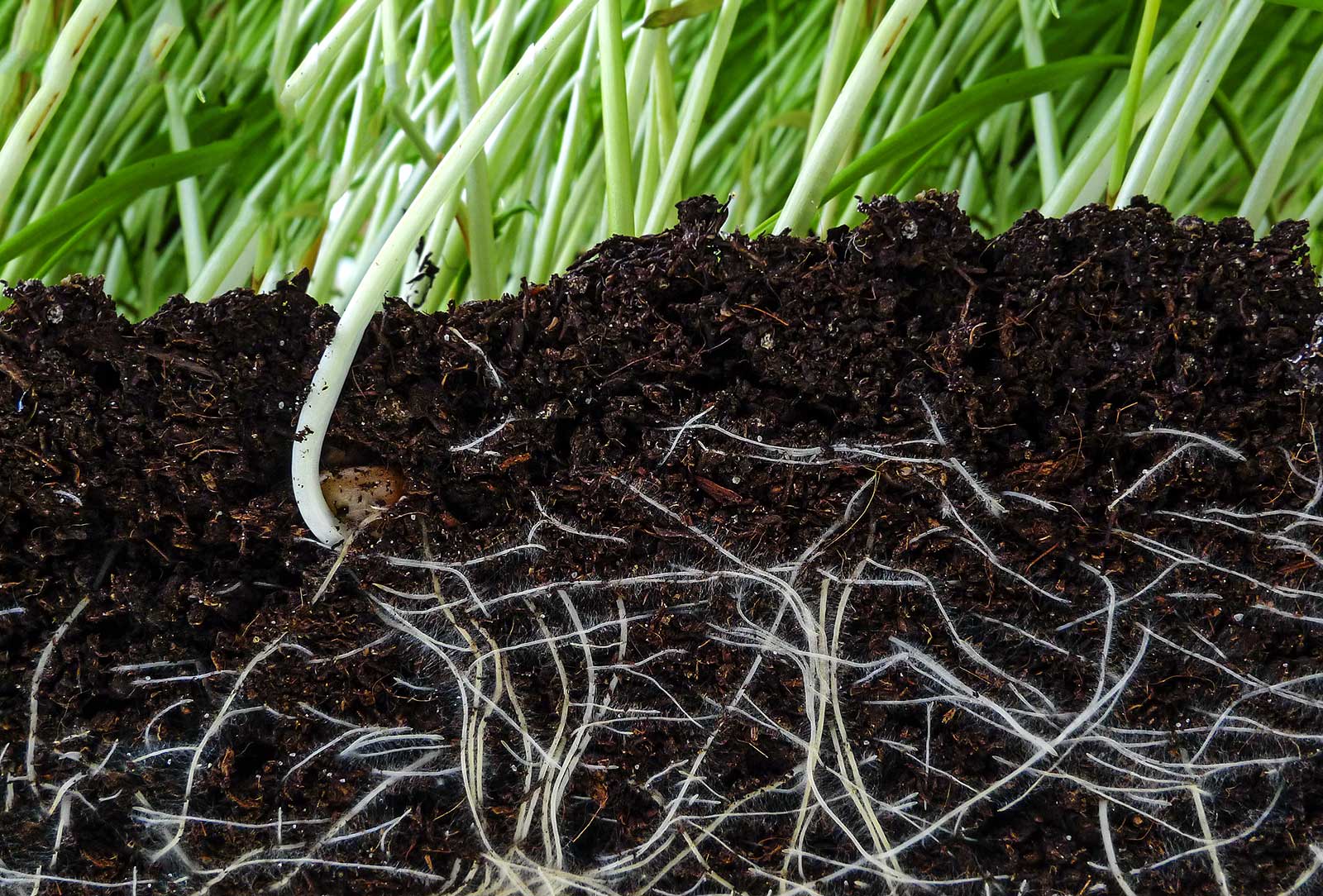 The soil is alive and has needs such as ours: the need to intake water, the ability to breathe, to consume and eat, to digest and then to excrete. A healthy soil that is properly fed with organic materials and whose soil is not compacted, allows for all the natural fertilization processes to occur and for plant growth, exactly as Mother Nature intended.
The soil is alive and has needs such as ours: the need to intake water, the ability to breathe, to consume and eat, to digest and then to excrete. A healthy soil that is properly fed with organic materials and whose soil is not compacted, allows for all the natural fertilization processes to occur and for plant growth, exactly as Mother Nature intended.
If your lawn doesn’t seem to be growing as well as it should, even though it’s being fed regularly, it may be because of either thick thatch or compacted soil (or both). In both cases, the grass is suffering because air, water, and nutrients aren’t able to move freely into and through the soil, and are having trouble reaching the roots.
By definition, lawn thatch is the layer of mainly dead turfgrass tissue lying between the green vegetation of the grass above and the root system and soil below. This layer, if it becomes too thick (1/2 inch or more), is bad for your grass and must be removed to maintain lawn health. The process of getting rid of mild cases of it is known as “dethatching.”
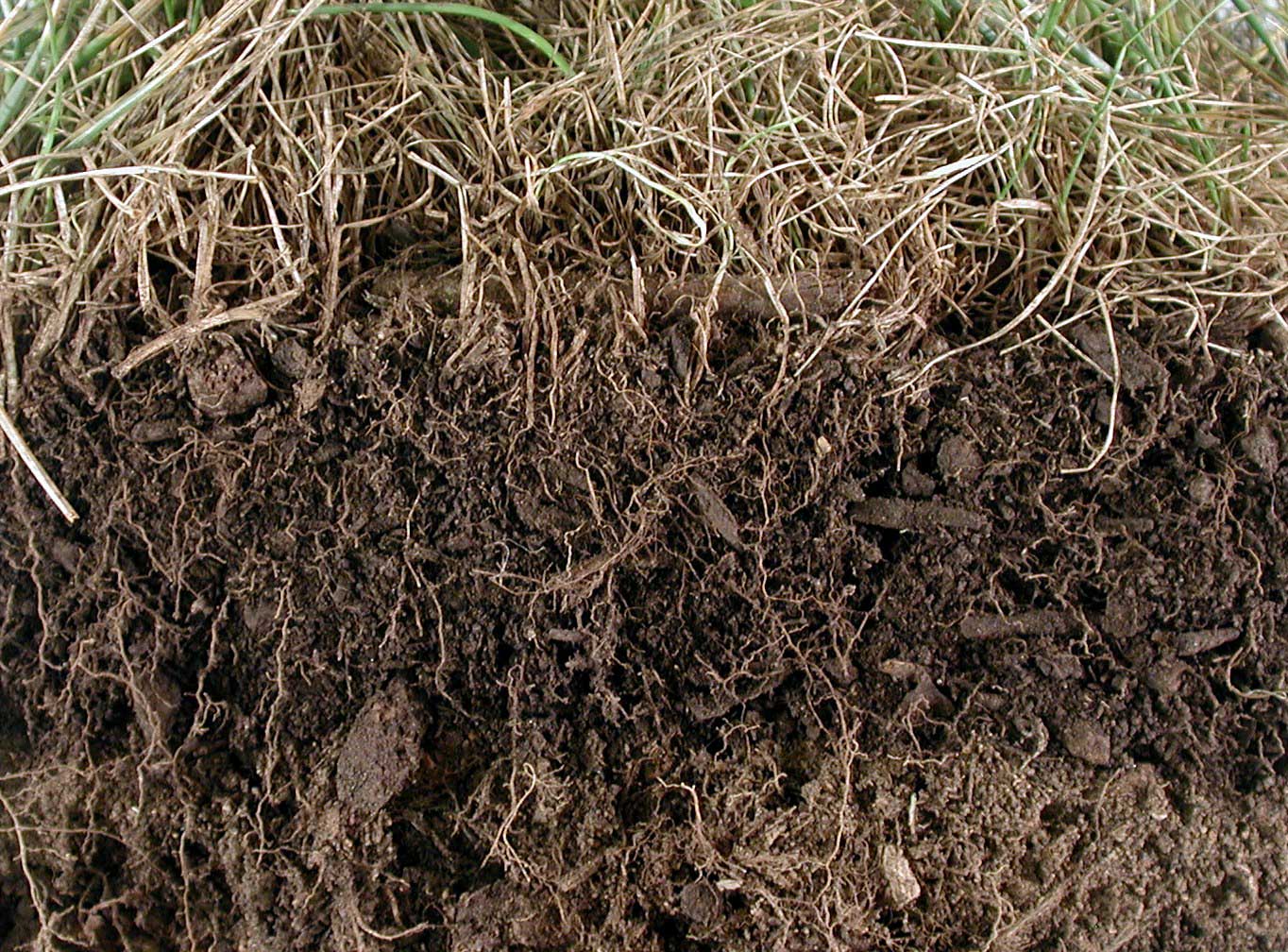 Lawn thatch consists of stems, stolons, rhizomes, and roots that have not broken down or decomposed yet. These are tough components of your grass that do not decompose as easily as do grass blades. If it becomes too thick, this layer blocks air, water, and nutrients from seeping down into the root system, where they are needed to sustain your grass plants properly. A thick layer of thatch also promotes diseases and insect infestations in your lawn.
Lawn thatch consists of stems, stolons, rhizomes, and roots that have not broken down or decomposed yet. These are tough components of your grass that do not decompose as easily as do grass blades. If it becomes too thick, this layer blocks air, water, and nutrients from seeping down into the root system, where they are needed to sustain your grass plants properly. A thick layer of thatch also promotes diseases and insect infestations in your lawn.
But the issues resulting from a thick build-up of lawn thatch go beyond such reasonably intuitive problems. It may surprise you to learn that it can even prevent you from mowing your grass properly. Spots in your lawn plagued by an especially thick layer of thatch will develop a spongy consistency. When you hit these areas while mowing your lawn, the wheels will sink down — which causes you to scalp your lawn.
What causes thatch?
Although thatch forms naturally, some situations promote rapid thatch formation:
1 – Excessive Use of Pesticides – avoid excessive use of pesticides. Why? Because pesticides can kill earthworms, and earthworms are one of your allies against thatch build-up. At bottom, a thatch problem is based on the failure of organic matter to break down properly; instead, it just stays there and forms a barrier. Wherever there is great earthworm activity, the breakdown of organic matter will be hastened.
2 – Excessive or use of chemical fertilizers: These fertilizers feed the plant and not the soil, thereby your grass grows but the growing medium (your soil) slowly dies from lack of nutrients, air and water.
3 – Overwatering – avoid overwatering as this causes excessive and quick grass growth
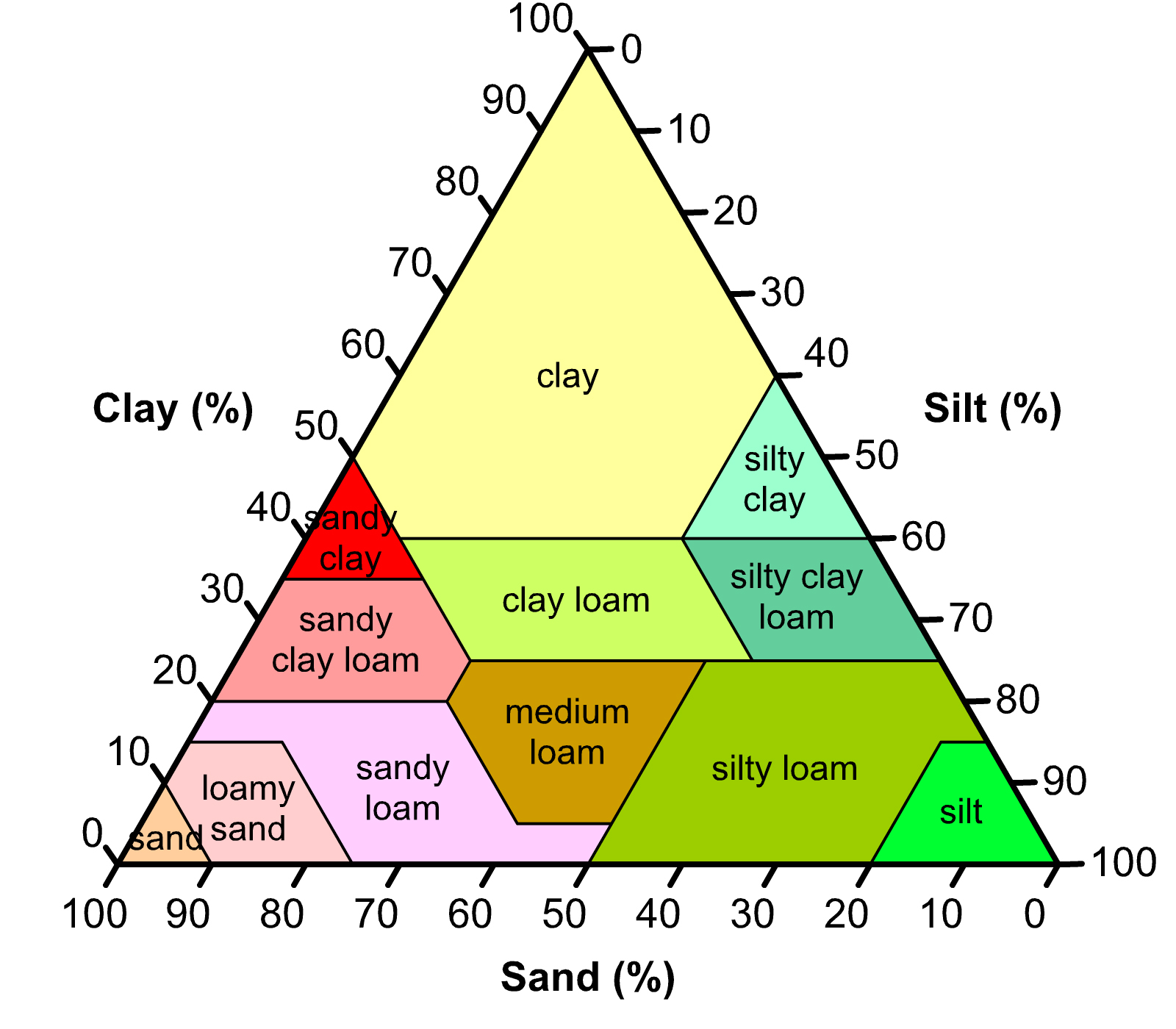 4 – Always mowing too high – The primary criteria used in selecting the proper mowing height are the physiological condition of the turf, the purpose for which the grass is to be used and its growth habit.
4 – Always mowing too high – The primary criteria used in selecting the proper mowing height are the physiological condition of the turf, the purpose for which the grass is to be used and its growth habit.
5 – Heavy clay soil – heavy, compacted clay soil that causes thatch to form faster than normal. Clay soils need seasonal aerating in order to allow for the faster breakdown of organic matter.
Certain grasses tend to form thicker thatch layers. Creeping turf types that spread by above- and underground stems often rapidly form thatch; this includes St. Augustinegrass, Bermudagrass and zoysiagrass.
Cool-season grasses, such as bentgrass and aggressive Kentucky bluegrass varieties, also can quickly form thatch, especially if soil is compacted and turf hasn’t been properly fertilized for a few years.
What to Do About Lawn Thatch
There are two answers (the right one for you will depend on the severity of your problem): dethatching and aeration. In less severe cases, dethatching is a suitable solution. It entails simply removing the thatch by raking it away vigorously. There are special rakes for this work known as “dethatching rakes”.
In more severe cases which usually is the case, undertake an operation known as “core aeration.”
What is aeration?
Aeration, coring, and aerifying are different terms you might hear for the same procedure. A core aerator removes plugs of soil from your lawn, which helps loosen compacted soil and allows vital air, water, and nutrients to reach the roots.
Aeration pulls two to three inch long cores of soil out of the ground, which helps a lot for seeding later; the holes from the removed cores allow water, oxygen and other nutrients to work their way into the soil a lot more. Aeration also helps to keep thatch under control and can be used to loosen compact soil.
The best time for aeration is during the growing season, when the grass can heal and fill in any open areas after soil plugs are removed. Ideally, aerate the lawn with cool season grass in the early spring or fall and those with warm season grass in the late spring.
View our Results of our FIELDS OF GREEN
Lincoln Landscaping of Franklin Lakes offers complete organic lawn care and turf management services.
Lincoln Landscaping “The Natural Choice”
Mike Kolenut President & CEO
https://lincolnlandscapinginc.com
(201) 848-9699


